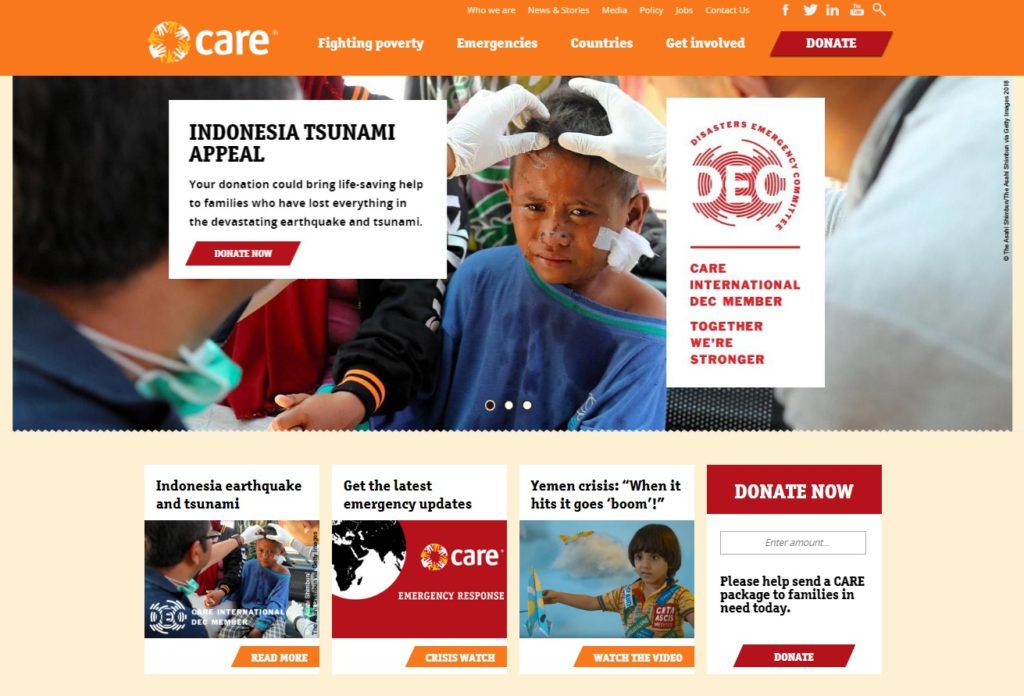
In today’s digital world, a charity’s online presence can make or break its mission’s success. The internet is the primary place where potential donors, volunteers, and supporters go to learn about an organisation. This is why charity web design plays a vital role in creating trust, inspiring action, and making a lasting impact. A well-crafted website can be the difference between missed opportunities and sustained growth.
Charities often operate on limited budgets, which means every investment must deliver maximum value. Thankfully, with the right approach, even small nonprofits can have a professional, user-friendly, and high-impact website. In this article, we’ll explore the essentials of charity web design, the tools available, and the strategies to help your organisation thrive online.
Understanding Charity Web Design
Charity web design refers to the process of creating websites tailored specifically for nonprofit organisations. Unlike commercial websites, charity websites are not solely focused on sales; instead, they aim to raise awareness, encourage donations, and inspire volunteer engagement.
The unique needs of a charity include building trust with visitors, conveying authenticity, and communicating the organisation’s mission clearly. The design should reflect the charity’s purpose, whether that’s helping the environment, supporting disadvantaged communities, or funding medical research. When done right, charity web design blends creativity, strategy, and empathy.
Key Elements of Effective Charity Web Design
One of the most important features of charity web design is visual storytelling. High-quality images, authentic videos, and meaningful colour schemes can emotionally connect with visitors and encourage them to take action. For example, showing the real impact of donations can be far more persuasive than text alone.
Clear calls-to-action are also crucial. Buttons for donations, volunteer sign-ups, or newsletter subscriptions should be visible and easy to find. A mobile-friendly design ensures that the site works smoothly on all devices, increasing accessibility for supporters who browse on smartphones and tablets. Lastly, fast loading speeds and a simple navigation menu help keep visitors engaged.
Affordable and Free Tools for Charity Web Design

Charities don’t need to spend a fortune to create an effective website. Open-source platforms like WordPress and Joomla offer free and flexible solutions that are widely used by nonprofits. Many web hosting providers also offer discounted or free hosting for registered charities.
Themes and plugins tailored for charities can handle donations, event management, and volunteer registrations. For example, WordPress plugins like GiveWP or Charitable make it easy to collect donations directly through the website, ensuring a seamless experience for supporters.
Optimising Charity Websites for Search Engines
Having a great website is only part of the equation—people need to be able to find it. That’s where SEO (Search Engine Optimisation) comes in. By using the focus keyword charity web design and other relevant terms naturally in headings, meta descriptions, and body text, charities can increase their online visibility.
Local SEO is especially valuable for community-based organisations. Adding the charity’s location, registering with Google Business Profile, and getting listed in local directories can help attract nearby supporters. Well-written, informative content can also boost rankings while building credibility.
Showcasing Case Studies and Examples
Some of the best charity websites use a mix of emotional storytelling, clean design, and strong calls-to-action. For example, a wildlife conservation charity might feature striking images of endangered animals alongside a donation prompt that shows exactly how contributions will be used.
Analysing successful websites can provide inspiration and highlight best practices. Many of these sites also showcase transparency by publishing annual reports, testimonials, and stories from people they’ve helped. This builds trust and encourages visitors to contribute.
Hiring Professionals vs DIY for Charity Web Design
For larger charities with bigger budgets, hiring a professional web designer can be worthwhile. Professionals bring expertise in branding, accessibility, and technical optimisation, which can save time and improve results.
However, small charities may find a DIY approach more practical. Platforms like Wix and Squarespace make it easy to create attractive websites without coding knowledge. A blended approach—starting with a template and then hiring a designer for customisation—can offer the best of both worlds.
Common Mistakes in Charity Web Design and How to Avoid Them
One common mistake is overcomplicating the website with too many pages, colours, or fonts. Simplicity makes navigation easier and focuses the visitor’s attention on key actions. Another frequent issue is neglecting mobile optimisation, which can alienate a large portion of users.
Lack of transparency is also a problem. Visitors want to know how their donations are used. Including clear information about where funds go, along with impact statistics and stories, can build trust and encourage ongoing support.
Conclusion
Charity web design is not just about creating a nice-looking website—it’s about building a platform that tells your story, inspires action, and makes it easy for supporters to engage. With the right design, tools, and strategy, even small charities can compete with larger organisations online. Investing time and effort into a thoughtful, user-focused website can yield lasting benefits for your cause.
FAQs
Q1: What is the most important feature in charity web design?
A clear call-to-action, such as a visible donate button, is one of the most important elements.
Q2: Can small charities afford professional web design?
Yes, many designers offer discounts for charities, and there are affordable DIY options available.
Q3: How can SEO help a charity’s website?
SEO increases visibility on search engines, helping more people discover and support your charity.
Q4: Which platform is best for charity web design?
WordPress is often the top choice for its flexibility, affordability, and large range of charity-focused tools.
Q5: How often should a charity update its website?
At least once a month, with fresh news, events, and updates to keep supporters engaged.
You may also read: Marches Growth Hub – Driving Business Success Across Herefordshire, Shropshire and Telford







